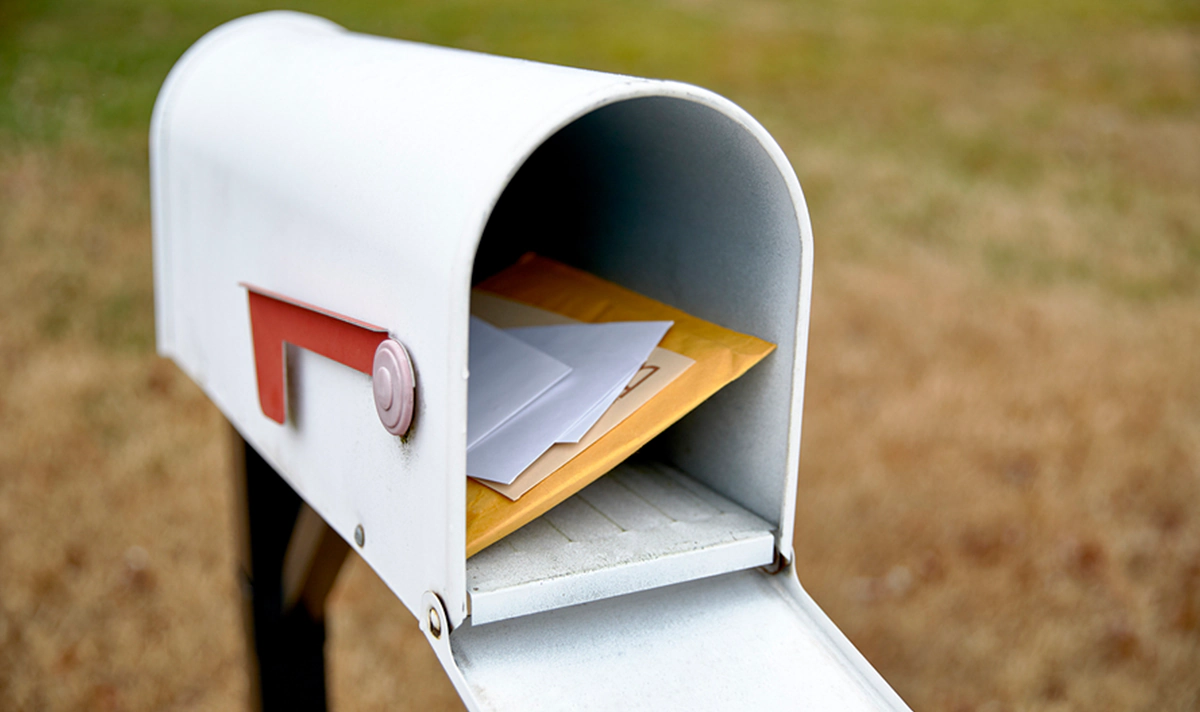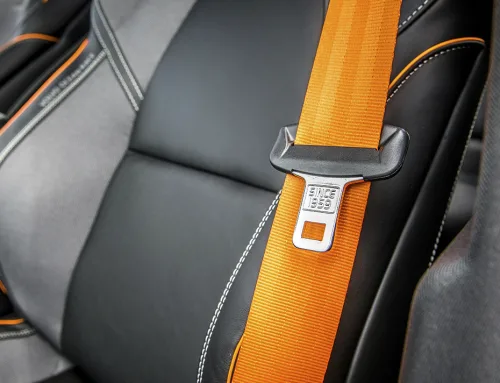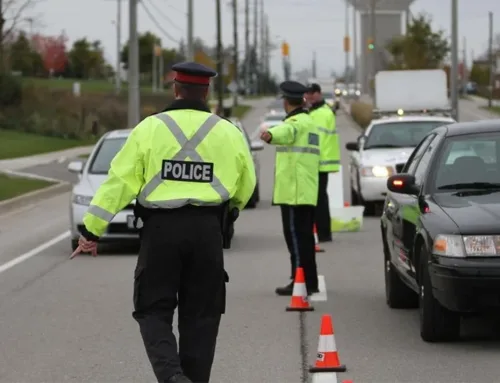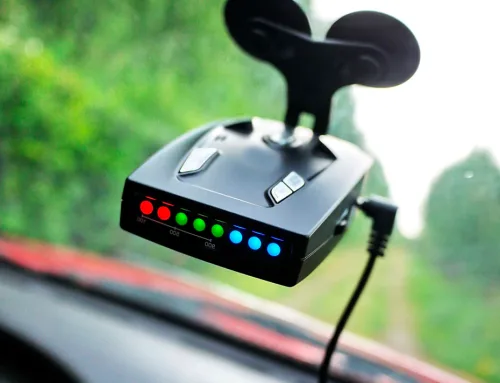Receiving a notice of violation can be a confusing experience for drivers who are used to being handed a physical document at the roadside. In Ontario, officers can indeed opt for different methods to deliver charges, and this sometimes includes mailing out notices. The details surrounding mailed citations can be complex, involving various timelines, payment procedures, and potential legal consequences. Understanding these nuances is crucial for avoiding additional penalties and taking proper action in a timely manner.
Below is a comprehensive overview of how mailed tickets work, what to do upon receiving one, and the best ways to address any questions or disputes.
Types of Tickets Sent by Mail
There are several categories of provincial offenses that might arrive in your mailbox. The most common include:
- Camera-based Offenses
These often stem from red-light cameras or automated speed enforcement devices. Instead of being stopped by an officer, a camera captures the vehicle’s license plate, and a citation is mailed to the registered owner. - Summons or Offense Notices
In certain circumstances, law enforcement may mail a summons or offense notice rather than serving it in person. This approach may occur if direct delivery at the time of the alleged infraction was not possible. - Parking Violations and Municipal Infractions
Some municipalities send notices of infraction for parking violations or other local bylaws. Although not strictly “police tickets,” these documents can still carry fines and penalties if ignored.
How Tickets are Delivered
In Ontario, citations can be delivered by regular mail, registered mail, or even courier services in specific cases. Generally, the province’s legal framework requires a method of delivery that allows the recipient enough time to respond. While many notices arrive by standard mail, important legal documents, such as summonses, may be sent via registered mail to confirm receipt1.
Table: Common Delivery Methods for Mailed Citations
|
Delivery Method |
Common Uses |
Proof of Receipt |
| Regular Mail | Camera offenses, minor tickets | Not guaranteed |
| Registered Mail | Summons, urgent legal notices | Signature often required |
| Courier Service | Special circumstances | Signature or electronic tracking |
What to Do When You Receive a Ticket by Mail
If you open your mailbox and see a citation, do not ignore it. Instead, follow these steps:
- Read the Entire Document
Carefully review the alleged infraction, the date, location, and any details provided by the issuing authority. - Check the Response Deadline
The notice should list a specific date by which you must respond or pay. Mark this date on your calendar to avoid accidental oversight. - Decide on Payment or Dispute
Evaluate whether you intend to pay the fine outright or challenge it in court. If you plan to challenge, filing the appropriate paperwork promptly is essential.
Consequences of Ignoring Mailed Tickets
Choosing to disregard a citation sent by mail can lead to several problems. First, failing to respond could result in a conviction in your absence, leading to additional costs on top of the original fine. Your license might also be suspended if unpaid fines accumulate. Furthermore, a conviction may impact your driving record, potentially affecting insurance premiums.
Ignoring a mailed notice can also escalate the matter to collection agencies. Once a charge is handed over for collection, you might incur additional service fees and penalties. This can have long-term repercussions on your financial standing, as well as your legal record in Ontario.
How to Verify the Authenticity of a Mailed Ticket
With concerns about fraud or clerical mistakes, it is understandable to wonder if the notice you received is legitimate. Here are some ways to confirm authenticity:
- Check Official Logos and Letterhead
Legitimate notices typically display the emblem of the issuing municipality or the Ontario Provincial Police (OPP). - Contact the Listed Court Office
If a specific court or office is referenced, call directly to confirm they issued the notice. - Look for an Offense Number
Genuine violations should include details like an offense number and the relevant statute reference.
If any of these elements appear suspicious, reach out to legal advisors or the issuing authority for verification.
Payment Options for Mailed Tickets
When it comes to paying fines for mailed violations, Ontario offers multiple payment methods:
- Online Payments
Many municipalities and court offices accept credit card or debit payments via secure portals. - In-Person Payments
You can usually pay at a local court office or municipal service center, depending on the instructions. - Mail-In Payments
For some offenses, you may send a cheque or money order to the address indicated on the notice.
Regardless of your choice, ensure that the payment is completed well before the deadline to avoid interest charges or further penalties.
Disputing a Mailed Ticket
If you feel the notice was issued in error or if you have valid grounds to challenge it, you have the right to dispute. The specific steps typically include:
- Filing a Dispute Form
This form, often available through provincial court websites, must be submitted within the specified timeframe noted on the notice. - Scheduling a Court Date
After you submit the dispute form, a trial date or meeting may be arranged to examine the matter more thoroughly. - Seeking Legal Guidance
To improve the likelihood of a favourable outcome, consider consulting with Traffic Paralegal Services, a dedicated firm that assists with defense strategies under the Provincial Offences Act and Highway Traffic Act.
Conclusion
In summary, it is possible to receive a notice from law enforcement through the mail. Understanding how these mail-based citations are issued, delivered, and contested can help you respond appropriately. If you receive one of these notices, do not hesitate to clarify details, check deadlines, and submit the necessary paperwork to protect your driving record. Whether it’s through direct payment or by disputing the charge, swift action is essential to avoid complications.
If you have additional questions about Ontario’s legal processes or you need assistance in addressing any Traffic Ticket, reach out to Traffic Paralegal Services for further guidance.









Leave A Comment
You must be logged in to post a comment.